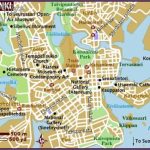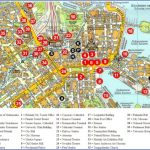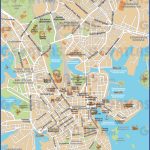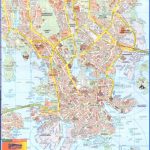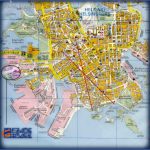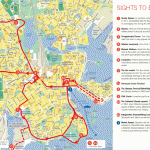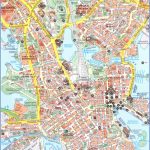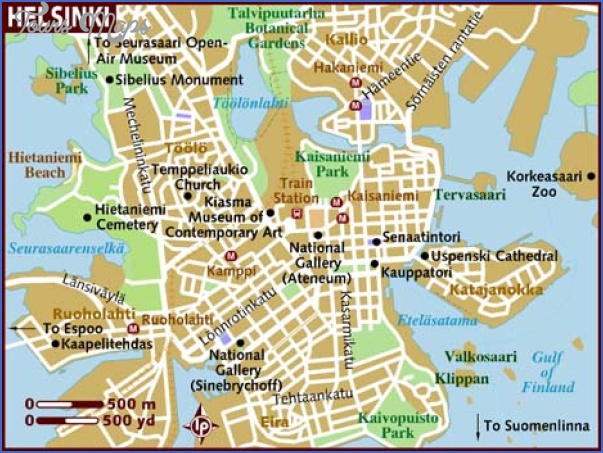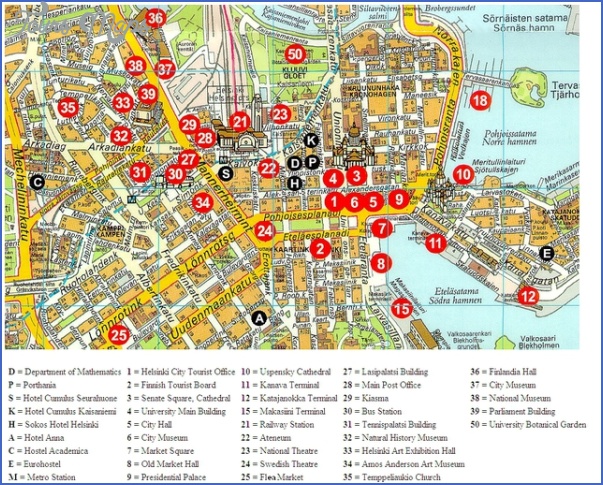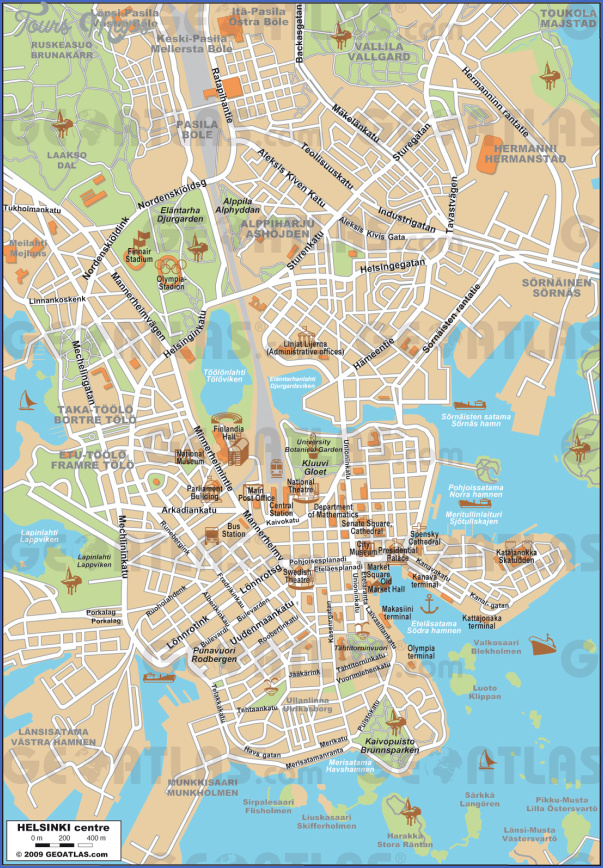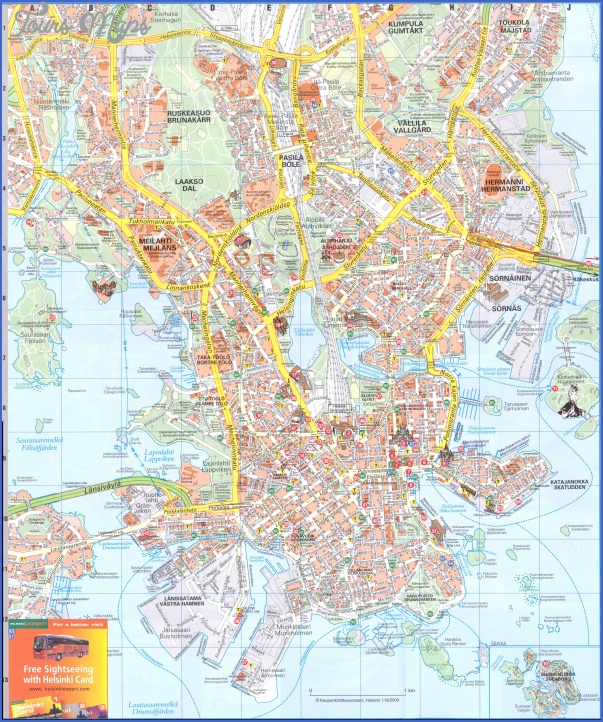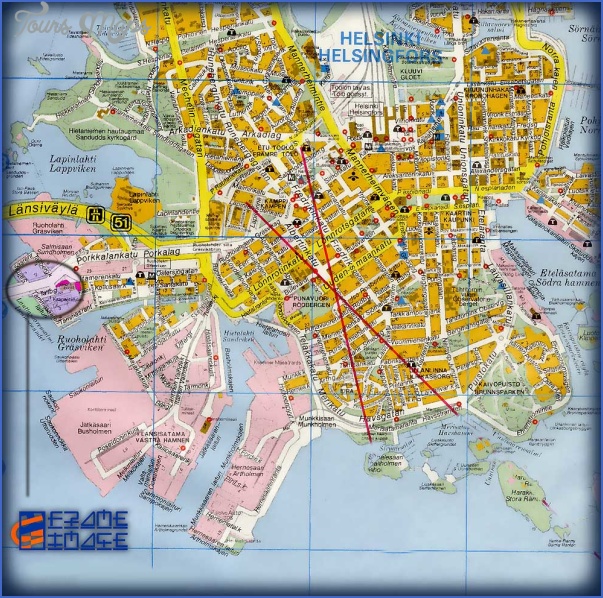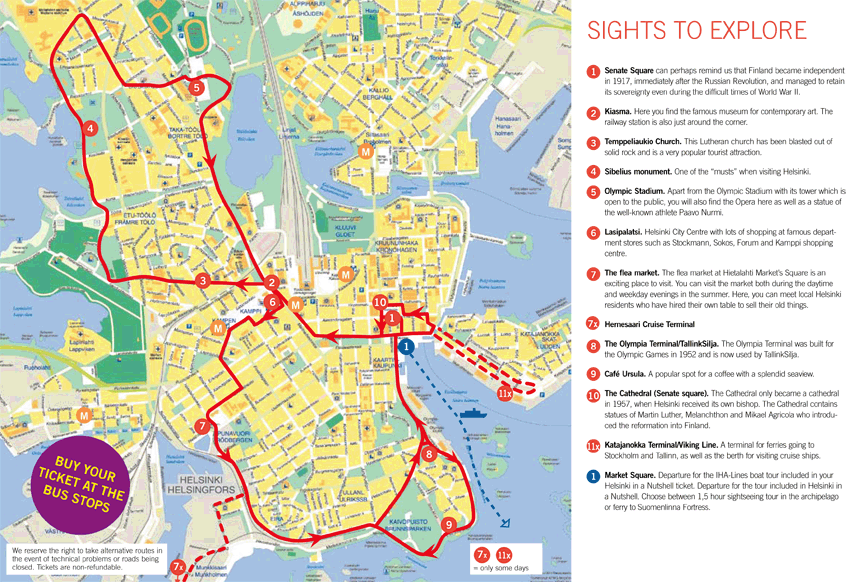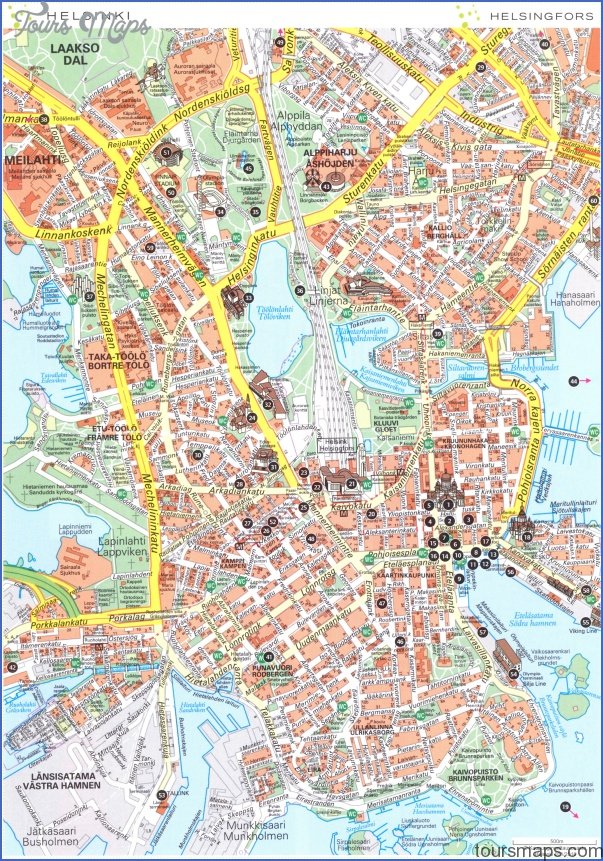Helsinki, capital of Finland from 1812, was given a neo-classical aspect by the Berlin architect Johann Carl Ludwig Engel (1778-1840) in the first half of the 19th but the present city is notable for its open plan with broad streets, open spaces and buildings erected by contemporary Finnish architects.
Finnish painting also began to develop in the 18th cž at first under German influence (Ekman, 1808-73; Holmberg, 1830-60) and later under French influence (Edelfelt, 1853-1905). Around 1900 a distinctive national style began to develop, particularly in the work of Axeli Gallen-Kallela (1865-1931: illustrations for the Finnish national epic Kalevala) and Tyko Constantin Sallinen (b. 1879).
A sculptor of outstanding quality was Vaind Aaltonen (1894-1 966).
After the romantic national architecture at the end of the 19th c. (National Museum, Helsinki) Finnish architecture developed the clear, calm forms which have established its international reputation. In spite of its uncompromisingly progressive approach, however, it has remained in tune with the harshness and austerity of the northern landscape. The pioneer of modern Finnish architecture was Eliel Saarinen (1873-1950: Central Station, Helsinki, designed 1904), who, like other Finnish architects, later worked in the United States. No less important was the work of his son, Eero Saarinen (1910-61: General Motors Technical Center, Warren, Michigan, 1950; MIT Auditorium, Cambridge, Mass. 1955: Yale University hockey rink, New Haven, Connecticut, 1958; TWA Terminal, Kennedy Airport, New York, 1962; Gateway Arch, St Louis, 1965).
Another architect of international reputation was Alvar Aalto (18981976), who concerned himself particularly with the effect of colour (red and white periods). His work in Finland included a sanatorium at Paimio (1930), the Viipuri Library (1927-34: now in the Soviet Union), the Mairea housing estate in Norrmark (1938-9), the Finnish pavilion at the New York International Exposition of 1939, the Palace of Culture in Helsinki (19558) and the Town Hall of Saynatsalo (1951-2).
Notable architects of the younger generation are K. and H. Siren (husband and wife: Forest Church, Otaniemi, 1956-7), A. Ervi (b. 1910: Community Complex, Tapiola garden city), J. Jarvi (Grammar School, Helsinki) and V. Rewell (1910-64: nursery school, Tapiola, 1 954; Toronto City Hall).
Helsinki Map Photo Gallery
Maybe You Like Them Too
- The Best Cities To Visit in The World
- World’s 10 Best Places To Visit
- Coolest Countries in the World to Visit
- Travel to Santorini, Greece
- Map of Barbados – Holiday in Barbados

